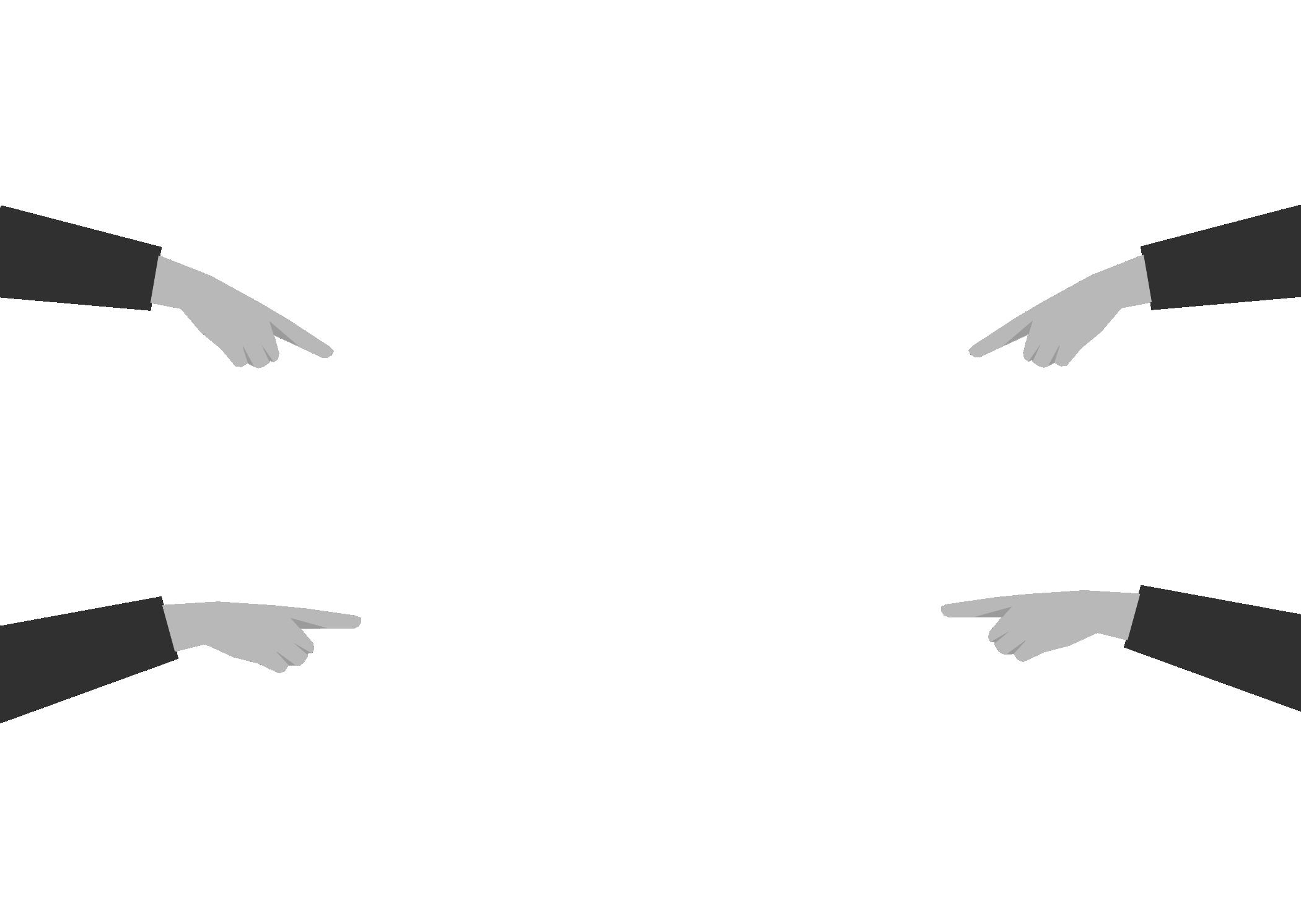
4 minute read
STAFF- ED: Call me queer
Gender and sexuality’s inherent fluidity has led to less of a need for constraining labels in the LGBTQ+ community
At the core of the language process, categorization and labeling are necessary to standardize rules and organize. Without them, learning would be virtually impossible. However, when considering the abstract and subjective nature of human sexual and gender identities, labels can be harmful because of their power to misidentify and misrepresent human identity — most specifically, members of the LGBTQ+ community.
Advertisement
The pressure associated with coming out can be partially blamed on the search for a label that fits. A 2013 study executed by researchers at Princeton University suggests that the brain learns through subconscious mental categorization, naturally grouping every aspect of its environment based on the similarities between them. While labeling is naturally unavoidable, little efforts are being made to reduce its negative consequences. Labels pose a problem for those attempting to come out, which is not always easy — especially if they are not sure what to come out as.
“I have definitely noticed that gender queer, non-binary, trans and gender nonconforming people have a harder time coming out of the closet because of the pressure associated with finding labels, due to society’s constraing gender roles,” Gables alumni and LGBTQ+ activist Josh Weiner said.
When looking at queer history, it is clear that there has been extreme oppression, discrimination and hate. It has only been until 2015 that same-sex couples were allowed to marry in the United States. Although society has made efforts to create a safer space for members of the LGBTQ+ community, discrimination and microaggressions against members still exist, such as the stigmatization of the label “gay.” People often use gay as an insult, most common among men, to imply they are not acting masculine enough for society’s standards.
It takes an effort from a cisgender straight person to understand how other non-straight or non-cis people could identify as such; however, this effort is not only the decent thing to do, but also necessary.
A study by YouGov, an international data analytics firm, found that 25% of people identified as something other than straight, a percentage that has grown by 5% since 2015. This recent trend demonstrates a rise in people who divert from society’s mainstream sexual identities and emphasizes the need to prmote open- mindedness and acceptance within society.
“I feel like some young sexual fluid people want to be labeled and some do not, it can be very liberating to settle with a sexuality you feel you identify with, but at the same time you could very well also never come to a conclusion, and that is perfectly okay,” Weiner said.
An inclusive term that is used to identify one whose sexual orientation is not exclusively heterosexual or “questioning” is “queer,” which is what the Q in LGBTQ+ stands for. While this is inherently a label, many see it as a less restrictive term for those whose gender identity or expression is not exclusively heterosexual or cis-gender. It does, however, have an unpleaseant history.
Up until the nineteenth century, “queer” was used to describe anyone who seemed odd or did not fall into societal norms and was used as an adjective to insult others. Because of this, some people refrain from using this umbrella term.
The stigma towards people who fall out of the cis and heterosexual norm remains very strong and for some people in the LGBTQ+ community, it is not easy to reclaim previously homophobic slurs. Today, many use “queer” to refer to any individual or group that is sexually or gender fluid. This label is an example of how damaging slurs have been and the power they can hold even after being reclaimed by whichever group, person or community they were directed towards.
A person’s identity is not something to be trifled with. Mislabeling and misgendering can trigger unwanted perceptions of oneself such as body dysmorphia. It is time to cease forcing labels on people who do not want them. To ensure fair treatment of one another, respect and tolerance must be learned. Sexuality is not as cut and dry as some people may think; it lies on a spectrum and forcing a label on someone who does not identify as that only invalidates LGBTQ+ people’s experiences and identity.








